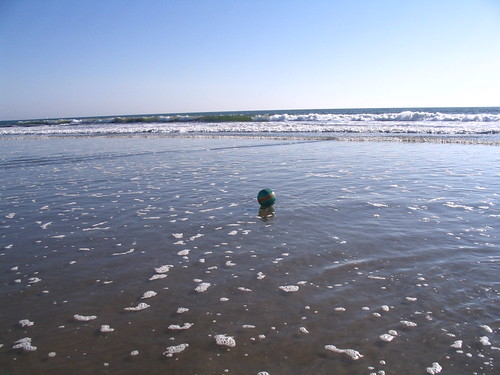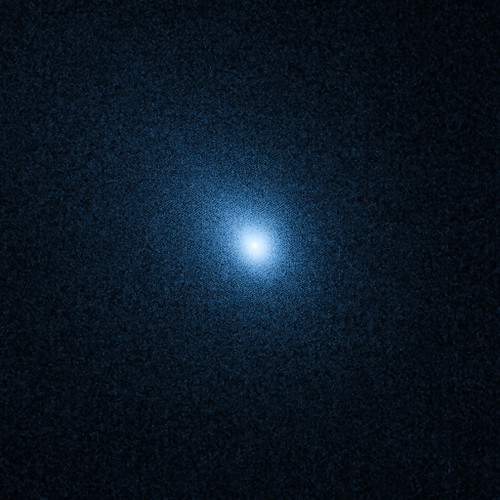Awesomeness Round-up – 10/11/10
- By Sara Mitchell
- October 11, 2010
- Comments Off on Awesomeness Round-up – 10/11/10
There’s a time in nearly every satellite’s life where a decision has to be made – continue or game over? For NASA’s Wide-field Infrared Survey Explorer, or WISE, this question arose when the satellite reached the end of its onboard frozen hydrogen coolant. This wasn’t a surprise, but WISE used that coolant to make its detectors more sensitive to infrared light. However, NASA decided to continue the mission. Even without coolant, two of WISE’s infrared detectors can still operate and look a little closer to home for comets and asteroids. This has been dubbed the NEOWISE Post-Cryogenic Mission. And there’s still plenty of data for scientists to study from the mission’s cooler period.
Here in the Astrophysics Science Division, some of the biggest (and saddest) news last week was the conclusion of operations of the Wilkinson Microwave Anisotropy Probe (WMAP) satellite after nine years. WMAP gathered some very important data about the early universe, including capturing “baby pictures” of the universe when it was a mere 380,000 years old. Now, the satellite has been retired into a permanent parking orbit around the Sun.
If you can’t tell by our pilgrimage to Burbank, Pacific Ocean photo shoot, and entire week of contests, we have a lot of respect for WMAP and the amazing scientific data that it collected. Fortuntely, the end of operations doesn’t mean the end of its fantastic contributions to science – there’s still plenty of data to be analyzed, and we look forward to covering future WMAP discoveries!

Credit: NASA, ESA, and A. Feild (STScI)
Speaking of the early universe, scientists using data from the Hubble Space Telescope’s Cosmic Origins Spectrograph have identified a period from 11.7 to 11.3 billion years ago where the universe underwent an unusually intense period of radiation. They discovered that black holes had emitted radiation that heated intergalactic gas and stunted the growth of nearby small galaxies. The press release dubs this “universal warming,” and it sounds like an unpleasant heat wave for those galaxies to have lived through!
What else has Hubble been doing? Like WISE, Hubble’s been checking out a comet – in this case, Comet 103P/Hartley 2 as it approaches the Sun in its orbit. On November 4th, NASA’s Deep Impact eXtended Investigation (DIXI) will be doing a flyby of Hartley 2, and Hubble is using its spectrographs to capture information about the comet’s composition and structure. It’s always interesting to see how the same satellites can be used to examine dramatically different targets – from black holes deep in space to a comet in our own solar system!
If you were watching your local news last Thursday, perhaps you caught one of the live shots that we did here at Goddard about the James Webb Space Telescope! The image above shows our very own Amber Straughn (you can read her guest blogs here) doing a cryogenic demo on live television. You can watch one of the segments (with a JWST engineer, Jim Pontius) that aired on a FOX affiliate in St. Louis.
And for a little bit of everything else (a.k.a. links that amused us last week), check out a quantum love triangle (Physics arXiv Blog), calculus for second graders (New York Times Wordplay), how the 2010 Nobel Prize in Physics was fished out of the trash (USA TODAY), why electrical tape is just as important as duct tape (Popular Science), and calculating the angular momentum of your office chair (New Scientist’s The Last Word). The last one is – whee! – quite fun.





